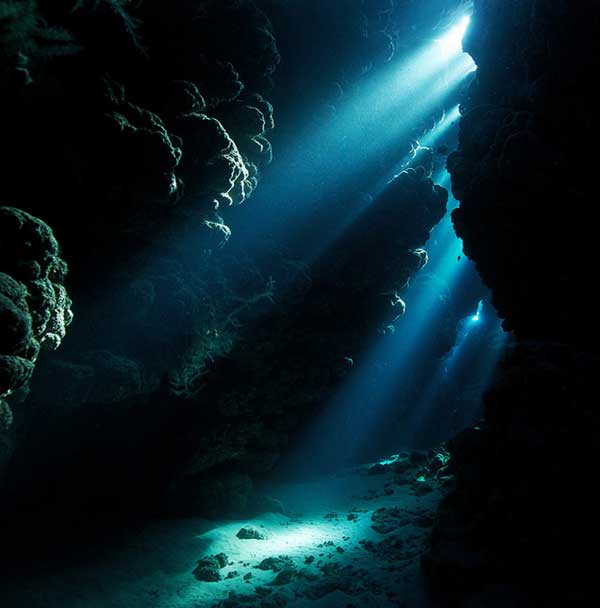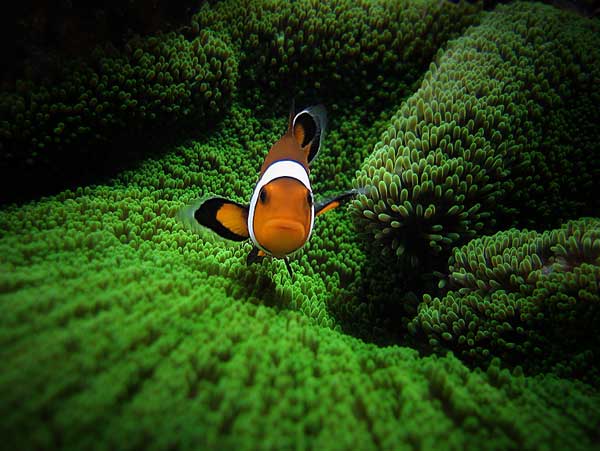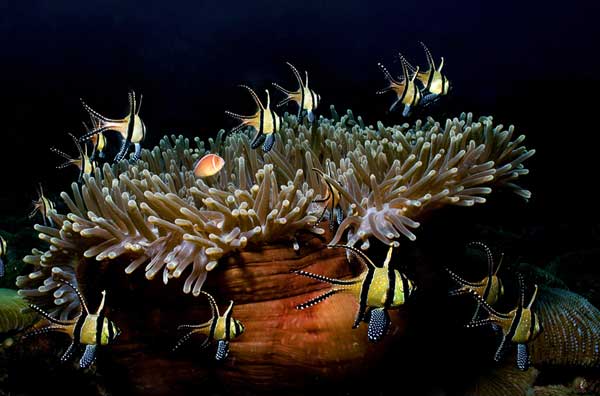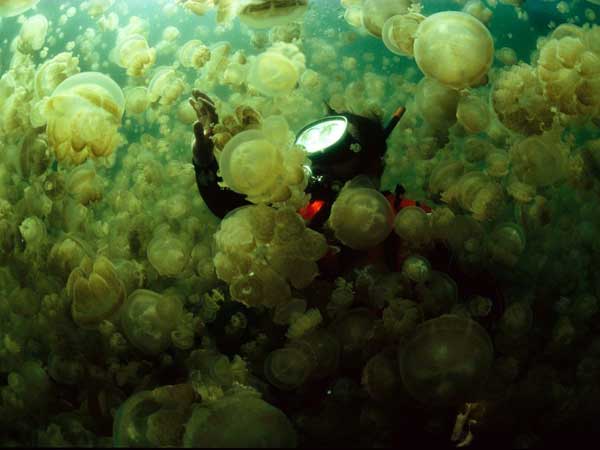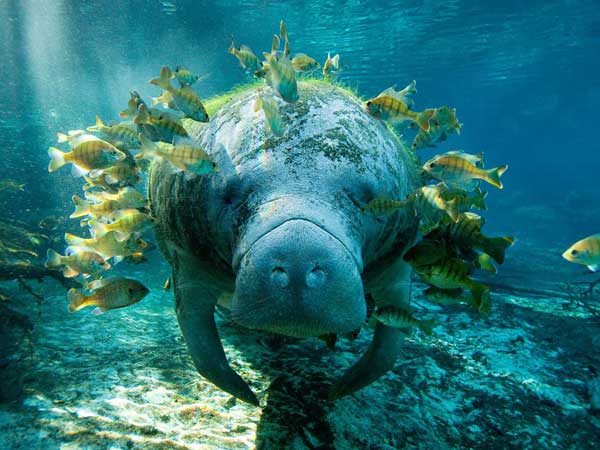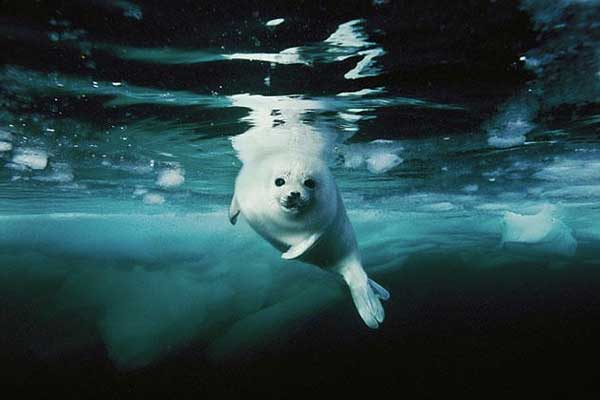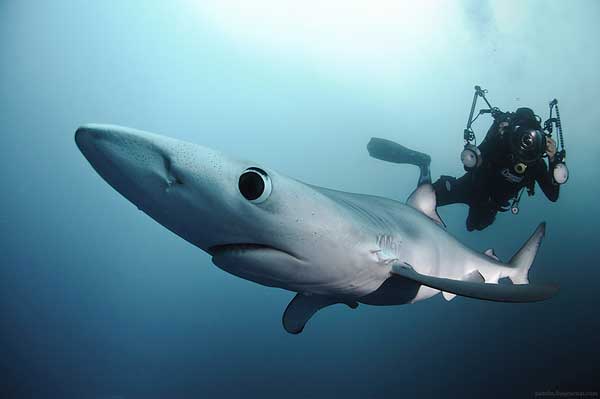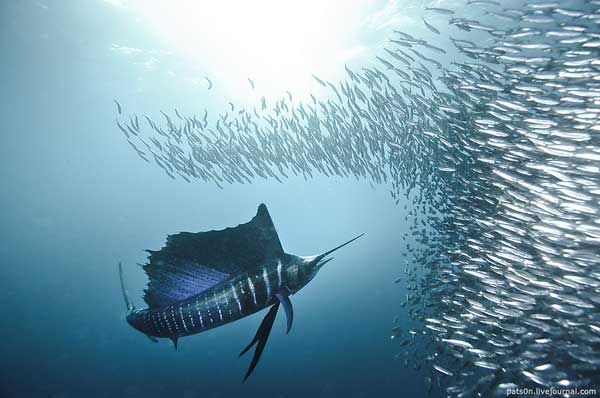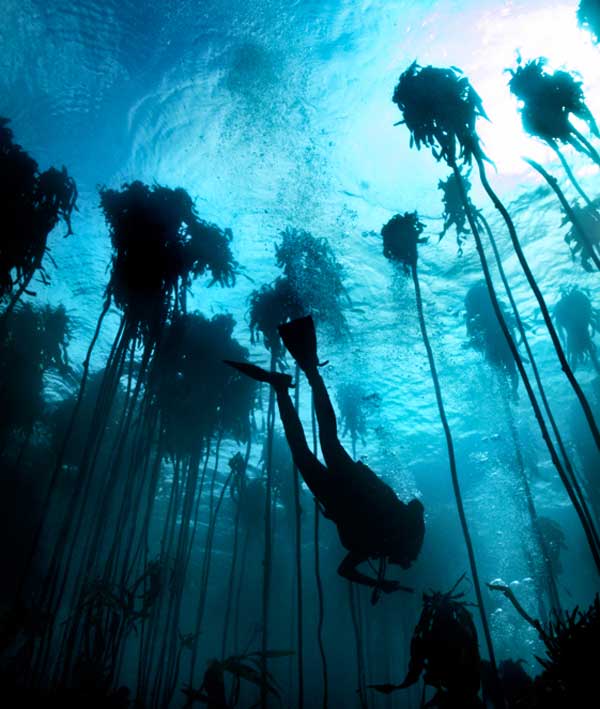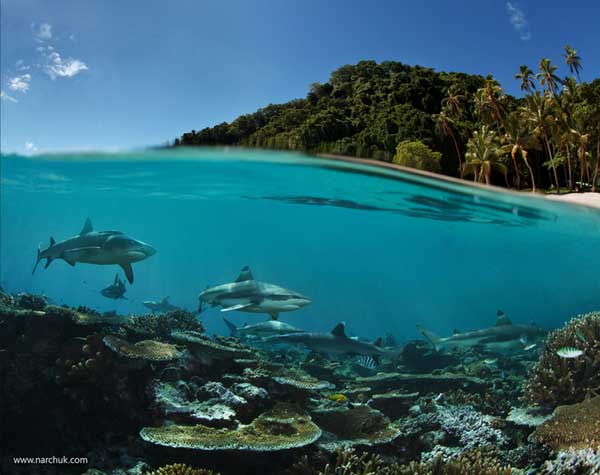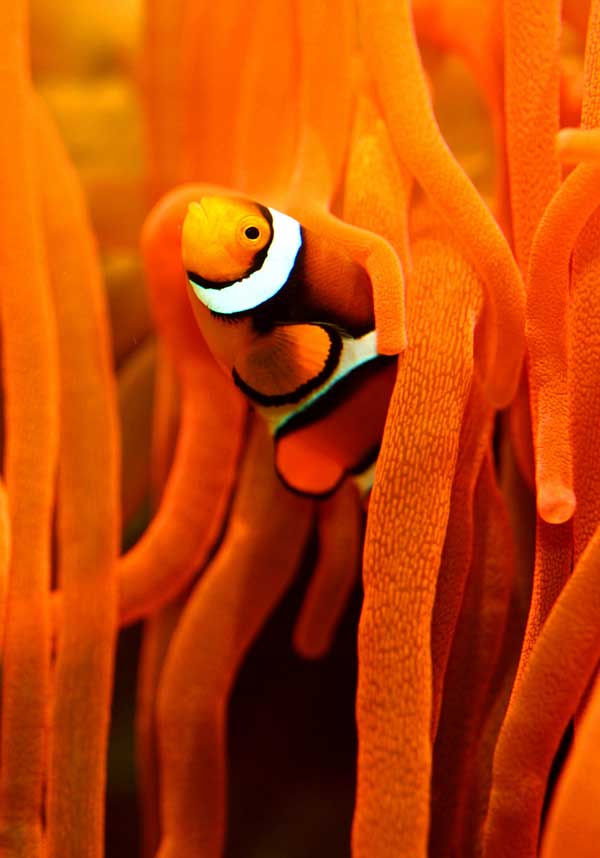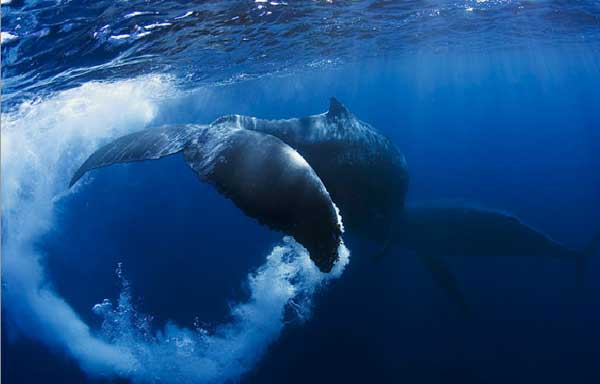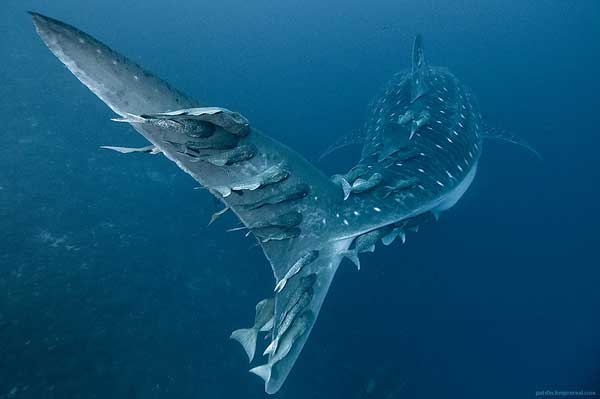Underwater Photography Tips and Tricks for Effective Shooting
0Photography of all forms has given people the ability to capture not only the most cherished events of their lives, but also to document life-changing phenomena. This is how we are able to record personal events like a wedding ceremony, as well as milestones like the wonders of outer space. And with the various kinds of cameras available on the market these days, we are no longer limited to immortalizing human life—we are also capable of exploring the existence of other living beings.
One of the trending formats of photography is the one done underwater. Blame it on documentaries that keep taking footages of the spectacular life miles beneath the water’s surface, many photographers have begun their own quest to find the beauty that can’t be found on land. The concept of being photographed underwater has become a budding theme for many occasions, prompting camera manufacturers to whip their own models that can be taken into the deep.

Digital Photography in a Nutshell
Before digital cameras came into the photography scene, pictures were taken using film—a thin sheet of plastic made with chemicals sensitive to light. But as technology progressed, so did the way we immortalize precious moments.
Cameras then became equipped with an image sensor, a mechanism that converts the light received by the lens into electric signals. From instamatic and SLR cameras, we now have a wide range of digital cameras including the point and shoot, DSLR, and even the mobile phones we carry in our pockets.
Underwater What?
Despite the proliferation of cameras and accompanying devices, one of their common limitations is that they can’t get wet, much less be immersed underwater.
While there are innumerable subjects you can shoot on land, the waters that surround you are also thriving with equally stunning things to photograph. Fortunately, the camera’s evolution did not stop on the digital models. Developers around the world eventually came up with those that can be safely taken underwater, depth notwithstanding.
How to Capture Amazing Underwater Photos
Whether you have just purchased a high-tech underwater photography gizmo or just dying to shoot ala National Geographic or Discovery Channel, here are some tips you should keep in mind before snapping that shutter button.
- Lighting is everything. Taking photos underwater, as on land, requires a good amount of light to ensure a picture’s clarity. Thus, make sure that you have a healthy amount of light for the shoot.
- Practice shooting. Spend enough time to practice taking pictures, both on land and in the water. Try to achieve your desired angles. Experiment with the settings of the camera and the lighting, and then memorize them by heart so you won’t have problems during the actual shoot.
- Adjust your camera’s settings. Practicing will give you a fair idea of which camera settings will allow you to capture the photos that you wish. Some of the settings that you should go through are the aperture, exposure, ISO, flash, shutter speed, and focus.
- Get as close as possible. Things can be pretty unstable underwater since movements are inevitable. To avoid blurred shots, get as close as possible to your subject and click away once you have a steady frame.
- Throw in some texture. While sea creatures and corals are already good-looking by themselves, taking photos of people underwater can be a little bland. Inject some texture in your concept by bringing safe props or simply blowing bubbles in the water.
30 Breathtaking Underwater Photos
Now that you’re equipped with a number of tips, here are some breathtaking photos taken underwater that will serve as inspiration for your next project:


